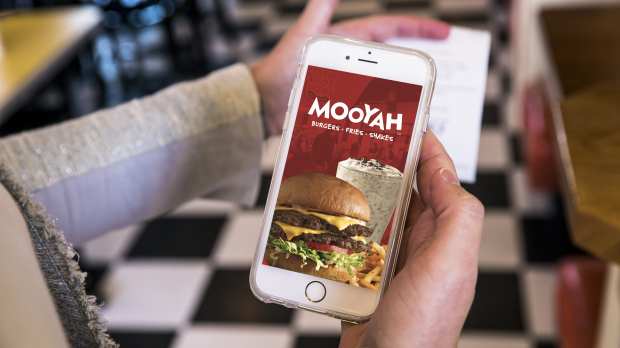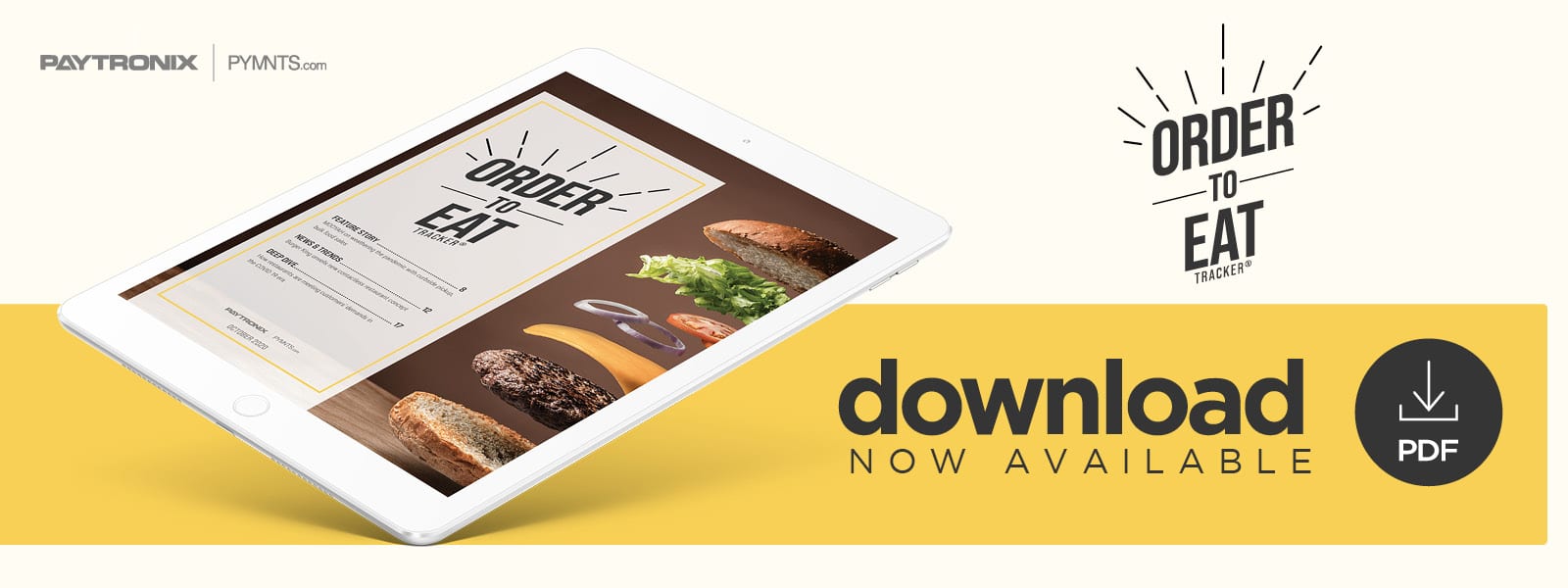MOOYAH On Weathering The Pandemic With Curbside Pickup, Bulk Food Sales

Outlasting the pandemic will require restaurants to constantly reassess everything from digital features to menu items that resonate with customers, says Natalie Anderson Liu, vice president of brand for burger chain MOOYAH. In this month’s Order To Eat Tracker, Liu discusses what quick service restaurants (QSRs) must embrace going forward … and what’s best left to the wayside.
The COVID-19 pandemic has been one of the biggest game-changers in the history of the restaurant industry, with government-ordered stay-at-home and social distancing mandates shutting down millions of dining rooms across the country in March and April. Eateries were forced to rely entirely on takeout and delivery services to survive — many for the first time — and countless restaurants closed for good before on-premises dining slowly became possible. Those that weathered the past few months still took huge losses, with total industry revenues in August ending $11 billion lower than those in January and February.
MOOYAH, a Texas-based hamburger chain with more than 100 locations in North America and the Middle East, took a severe financial hit from the pandemic. The chain saw its sales decline by 40 percent in March and April, said Natalie Anderson Liu, MOOYAH’s vice president of brand. Drastic changes were needed to adjust to the new normal, and that meant pulling out all the stops to attract customers.
“Every day, you’d wake up and it was just a battle mode,” she said. “[We asked,] ‘what do we have to do not only to survive, but thrive, and get as many restaurants on the other side of the pandemic as possible?’”
MOOYAH has deployed numerous innovations to improve customer satisfaction and drive revenue since the pandemic’s onset. Curbside pickup was one of the most notable new services, as it was with many other QSRs, but the chain also began offering bulk food sales to provide customers with what they needed to ride out the crisis.
Curbside Pickup
One of consumers’ most pressing demands was being able to order and pick up food with minimal interaction between customers and staff, as person-to-person contact carries the risk of viral transmission. Customers who desire this functionality are likely to abandon restaurants that cannot offer it in favor of those that can, cutting off a potentially lucrative revenue stream. MOOYAH did not have this capability in place before the health crisis hit, but Liu said the chain responded quickly.
“Curbside was not something that we had before the pandemic, but it was a program that we got off the ground very quickly and integrated with our app,” she explained. “Both mobile and desktop [users] can click on ‘curbside,’ and then it asks them the make and model of their vehicles so that our team members can more easily connect them with their orders.”
Integrations like these are not without their difficulties, however. Various obstacles — ranging from staff capacity to the physical layout of restaurant locations and parking lots — can get in the way of providing seamless curbside pickup.
“For example, team members are incredibly busy, and sometimes the phone doesn’t get answered right off the bat,” Liu explained. “Or guests think they should just be able to pull up and somebody is looking out the window and just waiting with their food in their hand, but that’s not the case. It’s also important that you have dedicated curbside parking spaces, so team members can more easily look out the window and see that the vehicle has pulled up. But the line of sight to the parking lot [sometimes means] we cannot guarantee that.”
Restaurants are tackling these challenges as they arise, balancing troubleshooting with implementing additional features that customers demand. Some of these demands were prevalent even before the pandemic hit, but one development was unique.
Bulk Food Items
A run on the country’s grocery stores occurred in March and April as lockdown orders began. Consumers emptied supermarkets’ shelves of staples and essentials like pasta, rice and toilet paper, and even items that were not picked clean became rarer and more expensive as supply struggled to catch up to demand. Restaurants’ revenues slowed to a trickle as states ordered eateries to shut down their dining rooms, emboldening many chains to satisfy this demand and shore up their profits in one fell swoop.
“Like many brands did, we [introduced] bulk items for sale,” Liu noted. “We actually sold bulk-certified Angus beef for our consumers, as well as a meal kit. All of this was because initially, it was very hard for consumers to get products in retail grocery stores, so we responded very quickly with that.”
Offering groceries in this way was common early on during the pandemic, with independent eateries and chains like Panera offering flour, alcohol or fruits and vegetables along with normal menu items. Grocery stores’ supply chains eventually recovered, leading some restaurants to cease offering bulk items, though they learned valuable lessons.
“As the demand for retail settled and the supply rebounded, we removed those products,” Liu said. “But we kept housemade cookies and potato chips, two products that before the pandemic were just available on our catering menu. We kept them because they carry and deliver a little bit better than our other menu items.”
These shifts appear to have paid off for MOOYAH, with Liu saying that its year-end revenue is expected to be one percentage point in the positive. This result would be lackluster in normal times, but is exceptional amid this year’s chaos.
Pandemic-driven challenges are far from over, but restaurants across the nation are experimenting with innovations and features to drive customer demand no matter what happens next.

